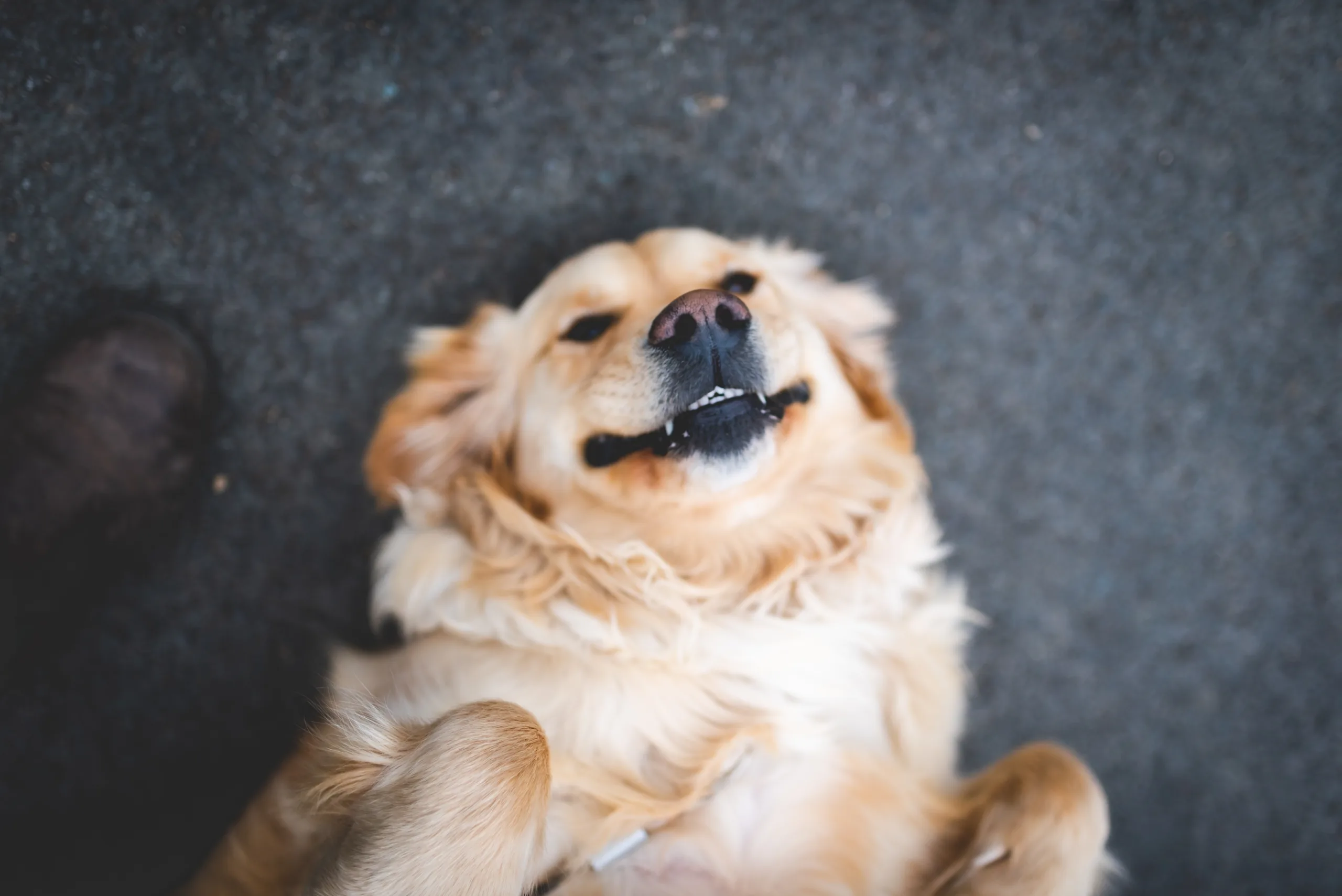Dogs, like many animals, have unique facial features that serve various functions. Among these features are their lips, which play a crucial role in their daily activities and overall well-being. In this comprehensive guide, we will explore the presence and function of dog lips, discuss the variation in lip color, examine the anatomy of a dog’s mouth, and delve into the presence of lips in other animals.
Introduction
Dogs possess a range of facial features that are essential for their survival and interaction with the world. Among these features are their lips, which serve multiple functions in their everyday lives. In this guide, we will explore why dogs have lips and the purposes they serve, discuss the variation in lip color among different breeds, examine the facial anatomy of dogs to understand if they have a bottom lip, and explore the presence of lips in other animal species.
For more aboutn dogs click here
Why Does My Dog Have Lips? The Function of Canine Lips
Dog lips play a significant role in various aspects of their lives. Their lips help them manipulate objects, grip items, and eat efficiently. Additionally, lips help dogs produce various sounds, such as barking, growling, and whimpering, which are essential for communication and expressing emotions.
Do All Dogs Have Black Lips? Understanding Lip Color Variation
While some dogs have black lips, lip color can vary depending on the breed and individual genetics. Some dogs may have pink, brown, or even spotted lips. Lip color in dogs is often related to the pigmentation of their skin and coat.
Do Dogs Have a Bottom Lip? Unraveling the Canine Facial Anatomy
Dogs do have a “bottom lip,” although their lips are different from human lips. Unlike humans, who have distinct upper and lower lips, a dog’s lips are more continuous and form the border of their mouth. The upper and lower lips are not clearly separated, creating a more flexible and efficient structure for grasping objects and eating.
Do Animals Have Lips? Lip Presence Across Different Species
Lips, in some form, are present in many animal species, though their structure and function can vary significantly. Lips in animals are often adapted to their specific diets and lifestyles. For example, some animals, like primates, have well-developed lips that aid in eating and foraging for food, while others, like whales and dolphins, have specialized lips for filter-feeding.
Frequently Asked Questions (FAQs)
Q1: Can I use lip balm on my dog’s lips?
It is generally not recommended to use human lip balm on a dog’s lips. Dog lips have different needs and sensitivities, and some ingredients in human lip balm can be harmful if ingested by dogs. If you are concerned about your dog’s lip health, consult with a veterinarian for appropriate care.
Q2: Can dogs get cold sores on their lips?
Cold sores, caused by the herpes simplex virus, are specific to humans and do not affect dogs. However, dogs can develop similar skin conditions, such as blisters or sores, on their lips or around their mouth due to various factors like allergies or infections.
Q3: Do all mammals have lips?
Lips are common among mammals, but their appearance and function can vary widely. Many mammals, including primates, rodents, and carnivores, have some form of lips that aid in their feeding and communication.
Q4: Do birds have lips?
Birds, unlike mammals, do not have lips as we typically understand them. Instead, their beaks serve as their primary feeding and grasping structures, adapted to their specific diets and behaviors.
Q5: Can I kiss my dog on the lips?
While many dog owners express affection by kissing their dogs, it’s essential to consider the potential risks. Dog mouths contain bacteria that are different from those in human mouths, and kissing a dog on the lips can potentially transfer harmful bacteria. It’s best to show affection to your dog through other means, such as petting and cuddling.
Conclusion
Dogs do have lips, although they differ in structure and appearance from human lips. Their lips play a crucial role in their daily activities, allowing them to eat, communicate, and interact with their environment. Lip color in dogs can vary, and their lip anatomy is adapted to their unique needs and functions. Lips are a common feature across many animal species, each serving specific purposes based on their diet and lifestyle. Understanding the presence and function of lips in dogs and other animals enhances our appreciation for the diversity and complexity of the animal kingdom.
Click here for more
